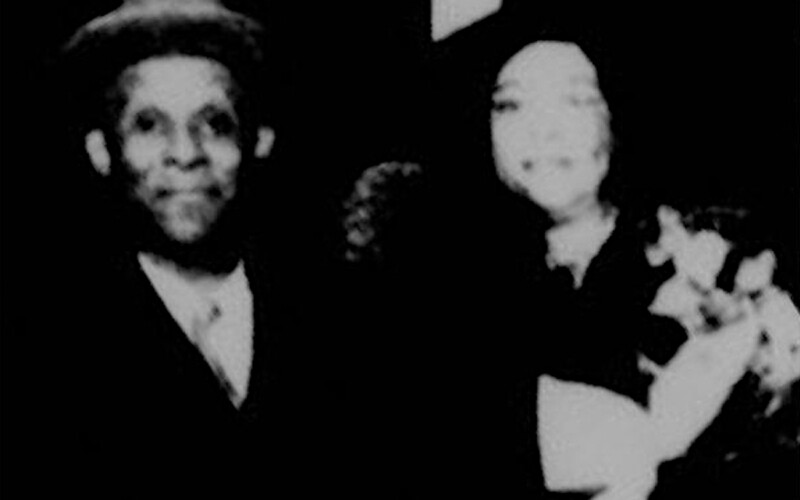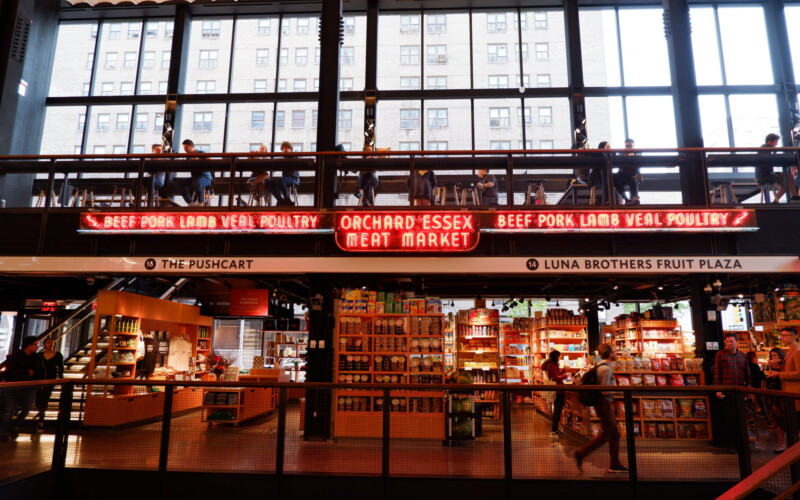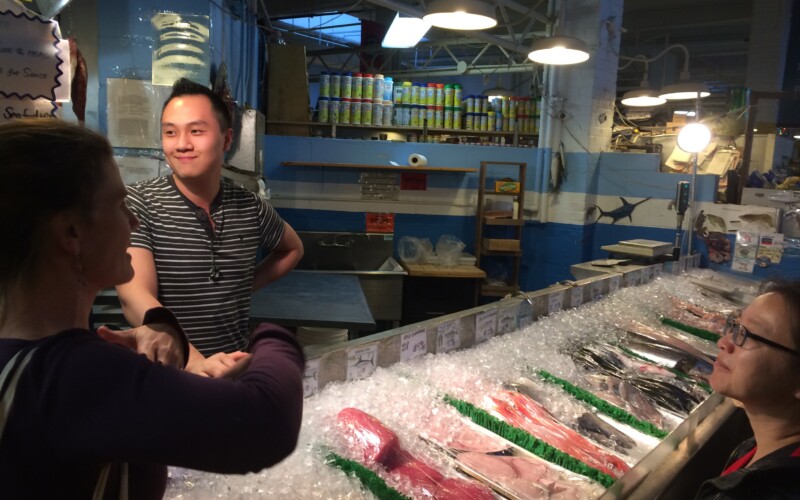We have experience hosting a range of audiences, from college classes to birthday parties to company outings, and we customize our tours to meet your group’s interests and needs.
Book a private tour today
Celebrate Valentine’s Day as we share some of our favorite love stories from history from the places that we work. We will share long-distance love letters from World War II, …
Read more

Take a deep dive into the history of New York City’s public markets, which have their origins in a vast food distribution system set up by Mayor Fiorello LaGuardia in …
Read more

Whether you’re looking for salmon, tilapia, porgy, or mussels, fishmongers at the Essex Street Market have got you covered. Step inside the market today and you find two stalls selling …
Read more
